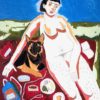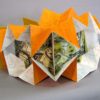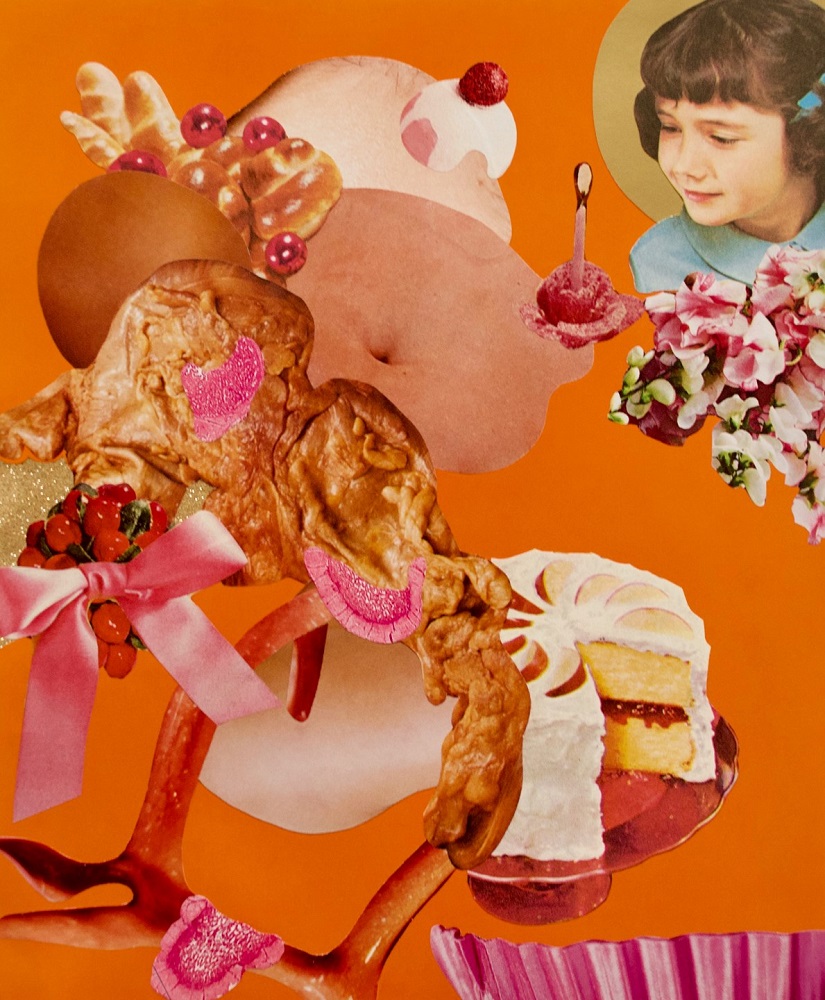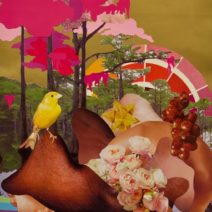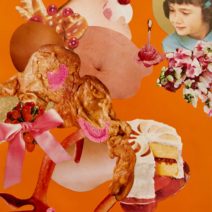Lauren Turk
Big, Fat, and Queer: Rising Stronger, Louder, and more Fruitful
collage
24 x 9.5 in.
Big, Fat, and Queer: Rite of Passage
collage
9 x 7.5 in.
The highest compliment I have ever received was that my work is a hybrid between a drag queen, a child’s birthday party, and your grandmother’s jewelry box. My work is inextricably linked to growing up queer in a small blue-collar Midwestern town. The Midwestern mentality correlates a persons worth with their ability to work and to produce in mass. My folks have always had a strong appreciation for all things handmade; either by themselves or by others, as do most families in that region. My father is a factory worker, my mother a school teacher, and often they made the best of what they had raising three kids. This philosophy appears in the work in the utilization/elevation of humble accessible materials, appropriation and the language of craft, multiples and the use of castoffs to create an homage to the factory worker. These principles are also something that the LGBTQ community has a strong history of doing. It is a familiar dialectal that most people have a direct connection to.
The current body of work I’m making is a series entitled Big, Fat, and Queer. Here I am exploring connections between my upbringing in relation to ideas surrounding gender, eating disorders, identity, labor, class, and the idealization of the ‘American Dream’. Paraphrasing Catherine Opie, she said color plays a huge role in seducing the viewer into investigating subjects they might otherwise not want to think about or deal with. Visually, most of my work follows a similar strategy. The highly saturated, over ornamented, candy-like surfaces present themselves as sweet and approachable in order to ‘sugar coat’ the often difficult and uncomfortable truths in the work’s content. This is much in the same vain that humor, flamboyance, and camp are employed within my community.
Most of the imagery present in the B. F. and Q. collages I am pulling from late 1950s early 1960s cookbooks and home decorating guides, contemporary issues of Martha Stewart Living, Better Homes and Gardens, Wall Street Journal Magazine, and HGTV Magazine. These offer up the galvanized white homonormative upper-class ideals of perfectionism; if you buy this $5,000 chandelier or make your own brioche, you too will be happy. I pair all of these sources with anatomical photographs and fleshy bulging forms to remind us that we all have bodies that do strange and magical things. I also interject the work with a great deal of humor and reverence because honestly, who doesn’t want to be Martha Stewart!?
© Lauren Turk

